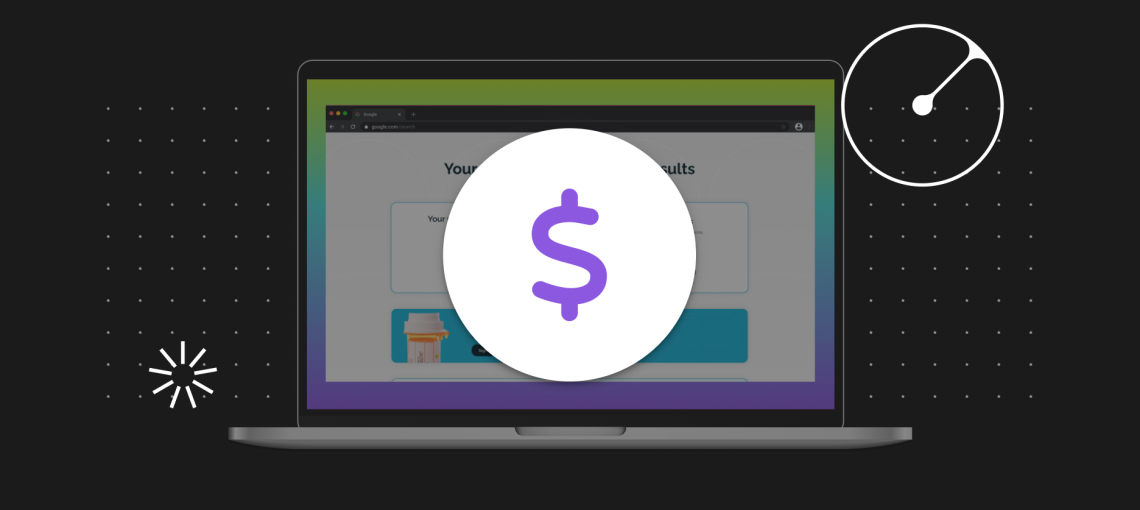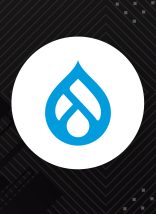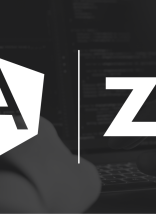How much does a custom web application cost to build and host? If you are reading this article you are probably trying to figure out if the application you need can be built at an affordable cost. Use this guide as a web application cost calculator. While there are many variables that can impact cost, the key factors generally fall into three categories: 1) size and complexity, 2) refinements and constraints, and 3) hosting and maintenance.
Start with the basics: how to determine size and complexity.
To determine the size and complexity of your application we need to first define what it’s going to do. The specifications for modern software are often defined by ‘user stories’. These user stories are a simple way to describe discrete functionalities your application should provide, from an end-user perspective, and are often used by developers to define and estimate the effort required to build an application.
Let’s use Facebook as an example of a web-based application that most people are familiar with. While Facebook may seem relatively simple to use, it is actually a massive web application with many different functionalities for different users. Describing it in user stories would take a very long time, however, if we stick to its most basic functionality we can use it as a good example. Here are some examples of web-based user stories:
- As a user, I need to register and create a profile
- As a user, I need to verify my email address to complete my registration
- As a user, I need to find friends to connect with
- As a user, I need to request to connect with friends I find
- As a user, I need to add pictures to my timeline
- As a user, I need to post status updates to my timeline
- As a user, I need to browse my feed from other friends
- As a user, I need to be able to react (like, love, hate, cry, etc) to posts on my feed
- As a user, I need to be able to comment on posts on my feed
- As an advertiser, I need to compare the performance of my campaigns
- As an organizational social media manager, I need to manage roles for my page
I think you get the idea. Defining this application in user stories would take a very long time, and producing each piece of application functionality takes a lot longer! With the table below we will try to ballpark the relative size of your application using the number of user stories. When you are thinking of your user stories also think of the relative complexity of each user story. For example: ‘As an advertiser, I need to compare the performance of my campaigns.’ is not the same level of effort as ‘As a user, I need to be able to react to posts on my feed.’
We normally apply a ‘level of effort’ attribute to each user story to help scope the application. In development ‘low’ might mean 5-10 hours, ‘medium’ 10 to 20, and ‘hard’ 50 to 100. Any user story more complex than that should be broken down into smaller stories. For example ‘As a user, I need to manage my profile’ is not an acceptable user story and should be broken down into even smaller pieces.
| Micro (< $50,000) | Small($50,000-$200,000) | Medium($200,000-$1M) | Large($1M+) |
| 10-15 “low effort” user stories | 25-50 “low effort” user stories | 50-100 “low effort” user stories | 200+ “low effort” user stories |
| 5-10 “medium effort” user stories | 10-25 “medium effort” user stories | 25-50 “medium effort” user stories | 50+ “medium effort” user stories |
| 1-2 “large effort” user stories | 2-5 “large effort” user stories | 10-20 “large effort” user stories | 25+ “large effort” user stories |
What’s next? Identify application refinements and constraints.
With any web application development, you must not only consider what your basic functional requirements are, but also include user expectations and behaviors, i.e. usability, and other constraints such as mission criticality and regulatory requirements in your industry.
Gain a competitive edge by considering user delight.
With any application you build, you are most likely facing competition in one form or another – in many cases direct competition, but even if not that, you are competing with your users’ expectations of what an efficient and pleasant web interaction feels like. That being the case, you want to refine your application to not only beat the competition but to also be a joy to use. Therefore, you will probably want to pay attention to usability in the design of your application. Software developers often have a basic idea of usability when developing software, but there’s a big difference between a software interface that basically functions and an efficient experience developed by a UI/UX professional. Here are a few classic UX design failures to illustrate the point.
Good usability is best built into the design and informed by user research. To add a UX professional or team to your software project might add another DevOps chain5-10% (could be more depending on the nature of the application and how important the experience is). That said, this 5-10% can save you much more down the road in avoided rework and enhanced customer satisfaction and retention.
Criticality, security, and regulatory requirements directly impact application cost.
Is your application critical to the daily operation and success of your business, or that of others? Does it deal with health and safety or finance? Does it deal with an industry with regulatory requirements, such as PCI or HIPAA? Do federal accessibility requirements apply? If you answer yes to any of these questions, your application needs to be developed with special requirements in mind.
All of these considerations will increase your budget significantly; not only through the additional requirements, but also due to the need for testing. All well-developed software is tested continually through the development process with both automated testing and human testing and peer review. Software that is extremely sensitive or critical would have additional layers of testing and security added throughout the process. Normal software development would include a 20% cost for testing and security but on critical or extremely critical software that might grow as high as 40% of the total cost.
Ensure a smooth run with ongoing application support.
Designing and developing the application is just the start. Once it is built, it must be operated from somewhere by someone (hosting), and all software needs periodic maintenance such as security updates.
What about hosting?
Hosting alone could be an entirely separate article but we’ll take a quick swag at it based on what you found above. For most web applications we recommend a cloud environment for scale and redundancy. Amazon Web Services, Google Cloud Platform, Microsoft Azure to name a few. Processing cycles, storage, bandwidth, backup, disaster recovery, and other details all add to the cost. With a disclaimer on accuracy for your particular application, here are some ballparks below.
| Micro | Small | Medium | Large |
| < $100 / month | $100-$500 / month | $1,000-$5,000 / month | $5,000-$100,000+ /month |
Don’t forget application management.
Applications have an ongoing cost of ownership — all software, especially critical applications, need security updates, periodic maintenance, updates to supporting software and technology, and perhaps testing of backup and disaster recovery. To keep your application secure and performing well, these need to be performed as preventive maintenance, not as an emergency response after problems occur.
To make sure all these happen, you will want some level of application management, whether that’s internal or through a managed service provider like Atlantic BT. Because you have a custom application your best bet in choosing a managed service provider will be a company that can both manage the hosting of your application and the ongoing application development and support. It’s very rare that you “finish” developing your application. Normally, you continue to evolve and improve your application over the course of the time it is in production. Choosing a managed service provider that has a continuous DevOps chain from development through hosting will ensure efficient, continuous operation.
The costs of managed services around a custom application could range from 5%-20% depending on how well it was built originally and how many features and requests you want to continue to add as the application is used.
Are the numbers starting to make sense?
This web application cost calculator will help guide you in the right direction for a ballpark estimate. More importantly, it tells you how to approach estimation in general for software development and lifecycle maintenance. If you want a more refined estimate, contact us for a free consultation. We can help you with everything from a quick idea over a phone call to structured requirements-gathering and a detailed estimate process.









